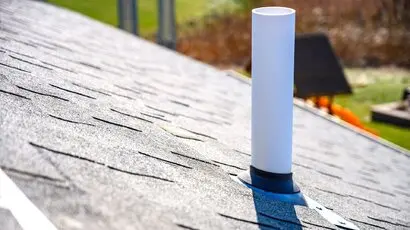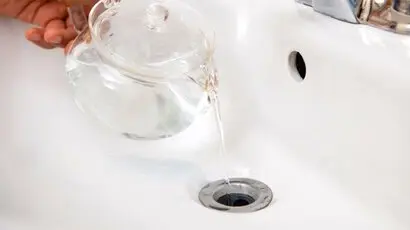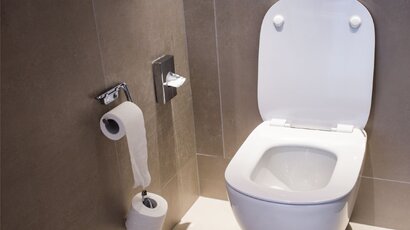What Is A Toilet Flange?
Do you know what the purpose of a toilet flange is? Understanding your plumbing system is crucial to maintaining it. Learn about how your toilet works in our guide!
The toilet flange is a crucial part of your bathroom setup. It’s the piece that secures your toilet to the floor, making sure it stays put, while also connecting it to the drain pipes.
In short, a toilet flange serves two essential functions. Firstly, it secures the toilet bowl to the bathroom floor, which prevents it from wobbling and leaking whenever you use it. Secondly, it connects to the drain pipe so the waste can be carried away from the bathroom.
Toilet flanges come in a range of materials. Take PVC, for instance. It’s a budget-friendly option that won’t rust, meaning it’ll last longer, offering great value for your money.
Hence, it’s essential to learn about the materials, and we have compiled this guide to help you understand all its critical aspects.
Earlier, we talked about toilet flanges being made from different materials, each with its pros and cons. Let’s dive into a few of the most common ones you’ll encounter:
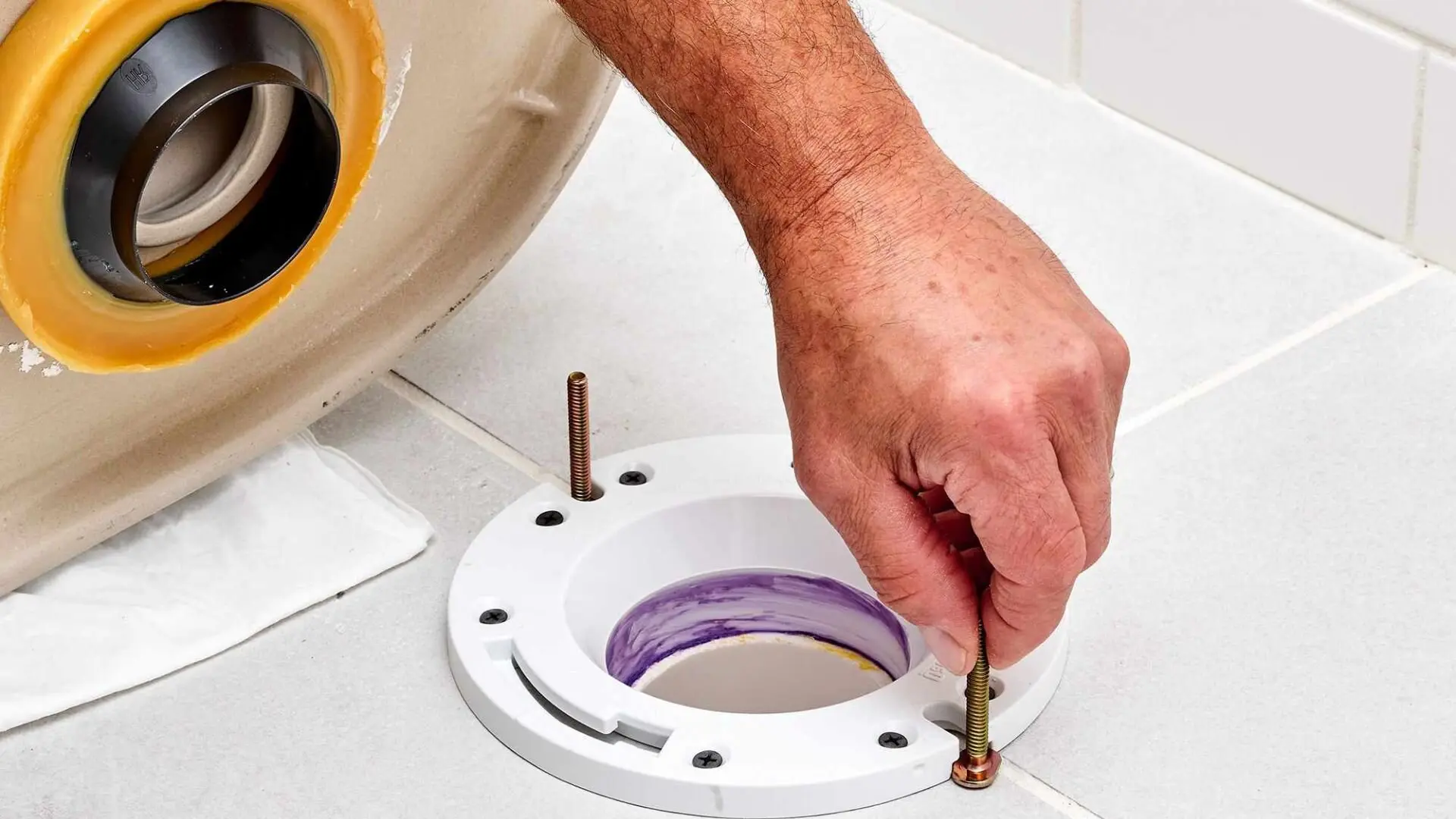
Stainless Steel toilet flanges are well known for being resistant to rust and corrosion, making them suitable for sealing your drain pipes. However, only the piece that fits the wax ring is stainless steel. The rest of the body is made from plastic, copper, cast iron pipes or cast iron toilet flanges. Stainless steel flanges are a good option for most cases, as they are durable and can withstand various environmental factors without developing rust or other problems.
Aluminium toilet flanges are incredibly lightweight, corrosion-resistant, and durable. Since the ring is made from aluminium, they have a similar construction design to a stainless steel toilet flange. If you are installing a toilet flange for the first time, aluminium flanges can be a good choice due to their ease of installation and long-lasting properties.
Copper flanges are available in two variants- soft and rigid. One of the critical benefits of copper is that it lasts long without getting rusted. Besides this, the material is biostatic; hence, you don’t have to worry about bacterial formation. Copper flanges are a good option if you want a reliable and hygienic solution for connecting your toilet to the drain pipe at the bottom of the toilet.
If you are on a tight budget, PVC toilet flanges are the best option. They are highly durable, lightweight and rust-resistant, which makes them a convenient choice for budget plumbing fittings. PVC flanges are also easy to install, making them popular for DIY enthusiasts and professionals.
Like copper, brass is corrosion-resistant and doesn’t act as a breeding ground for microorganisms such as bacteria. Apart from this, brass flanges are heat-resistant, which makes them ideal for the Australian summers. Brass flanges are a good option if you are looking for a long-lasting and hygienic solution, and they can be a great choice when replacing an old flange with a new one.
However, a brass toilet flange can oxidise if it comes in contact with air. So, it would be best to be careful when installing one.
Apart from understanding the different toilet flange materials, knowing how to install them is important since the most common problems occur during installation. In this regard, some of the common issues that you may face include:
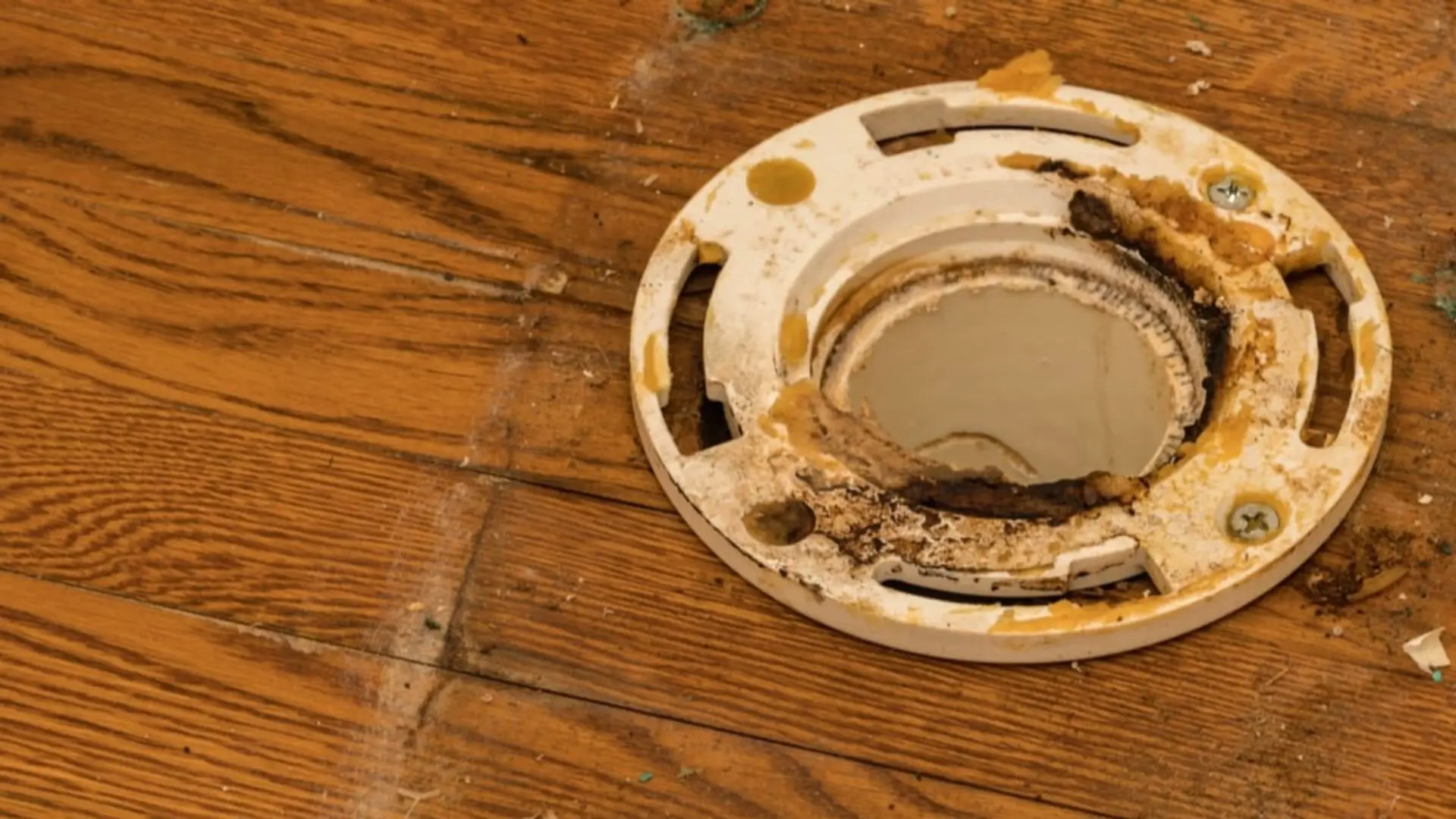
If you notice that the toilet is backed up, you must use an auger to unclog the flange. Additionally, it would be best to inspect it regularlyto detect any signs of corrosion or rust. If you spot rust on the flange, we recommend replacing it. This will prevent the drainage pipe from getting damaged and water from leaking.
Occasionally, you might see water pooling around the toilet, often due to a loose wax ring around the flange. Don’t worry—you can fix this by installing a new wax ring or tightening the current one.
Putting in toilet flanges can be tricky, but a bit of extra caution goes a long way. By following our guidelines, you can head off potential issues before they start.
Firstly, ensure that water closet flanges are made from durable materials such as PVC closet flange or brass. This will ensure that the new toilet remains in place for longer. It would be best to be careful when installing the flange in your drainage system.
If the drain pipes are short, you must install a flange extender to the drain pipe. On the other hand, you will need to cut the pipe if it is too long. And we highly recommend contacting a plumber if the flange still has a problem. Please speak with us today for professional and friendly plumbing service in Melbourne. The team at WP Plumbing can have your old toilet flange removed and have a new flange installed, repaired or replaced in no time!
With that, it’s a wrap. See you next time!
What is the purpose of a plumbing vent? A plumbing vent ensures the smooth running of the plumbing system. Keep reading to discover why plumbing vents are so important.
Is pouring boiling water down the kitchen sink a good way to clear clogs and freshen drains, or does it risk damaging your pipes? Find out whether pouring boiling water down your pipes is bad for your plumbing system in our guide!
From wall-hung and close-coupled to back-to-wall options, each toilet type offers unique advantages in style, space efficiency, and plumbing compatibility. This guide walks you through key considerations to help you choose the perfect toilet for your home’s layout and lifestyle.
